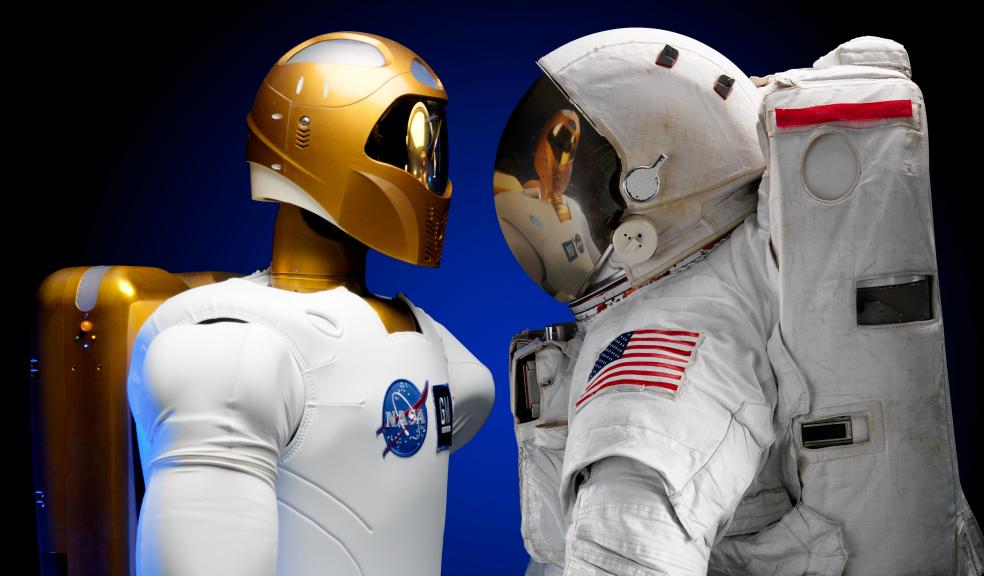
Could a Robot Replace your Job?
As technology advances, the probabilities of artificial intelligence automating your job are becoming more and more likely. From self-service tills to manufacturing machines in factories, we are already bearing witness to the effects of the technological revolution. But just how far will it go? Is it possible that the entire human race could soon be out of a job?
With research forecasting that automation (including robots, artificial intelligence, and machine learning) could replace up to 7% of jobs in the U.S. by 2025, it is certainly worth pondering.
We are already seeing AI in homes. AI-based chatbots and digital assistants such as Apple’s Siri and Amazon’s Alexa are already demonstrating the adept proficiencies that machines are now capable of, meaning those in the customer service sectors could be some of the first hit by a wave of job displacement. These bots can already understand human behaviour, interpret needs, and help with the decision-making process, which means that the bots of the future will have even better facilities to cope with complex scenarios.
The world’s first self-driving taxi service was launched in Singapore in 2016 by NuTonomy, demonstrating the vast improvements that have been made in the automated car industry, while a factory in China experienced a 250% increase in productivity after it replaced its workers with machines, lending weight to the argument for businesses to make the switch.
It’s not just the service sectors that could be hit, however, as a report by Deloitte estimates that more than 100,00 legal roles could be automated within the next twenty years, while further studies have shown that accountants will be 95% likely to lose their jobs to automation in the near future.
The banking sector could also undergo some radical changes, as computers are far more able to assist with the making of big financial decisions than a human. Whereas previously a financial analyst would identify economic patterns and advise a company to adjust their portfolios accordingly, now artificial intelligence is proving to be a more reliable method of forecasting lucrative trends. Goldman Sachs has recognised the potential for this technology and recently replaced 600 of their equity traders with an automated service.
It might not all be doom and gloom, however, as according to a report by management consultant McKinsey, it won’t be as straightforward as simply replacing the workforce. They predict that existing employees may need to work ‘alongside machines to produce the growth in per capita GDP to which countries around the world aspire’. An example of this could be the teaching profession where automated correction of homework could allow a teacher to free-up their time and focus on the needs of each individual instead of getting bogged down with marking.
Similarly, the development of a bricklaying machine caused a stir in the construction industry when it was first released due to its ability to lay between 800 to 1,200 bricks per day compared to a skilled human mason who can lay between 300 to 500. On the face of it, it seems as though the robot could simply replace the mason; however, it only works best on large swaths of flat walls and is no good for installing intricate corners, windows, or doorways. So, by working with the robot, the mason could spend more time on the creative aspects of the job than the parts that take up a large amount of time.
It is also worth noting that while a lot of manual jobs could be affected, the trade industries are unlikely to be replaced. Plumbers, electricians, and contractors solve unique sets of challenges, which means it would be very difficult to replace them.
So, while the odds of a machine taking your job are starting to increase, it may be a long while before you see any real changes taking place. Even where a task could easily be automated, the technology for it will not come into existence overnight. The high upfront costs of developing the software or equipment required to do your job could be a huge barrier, along with whether people would actually prefer to deal with a human over a robot.











